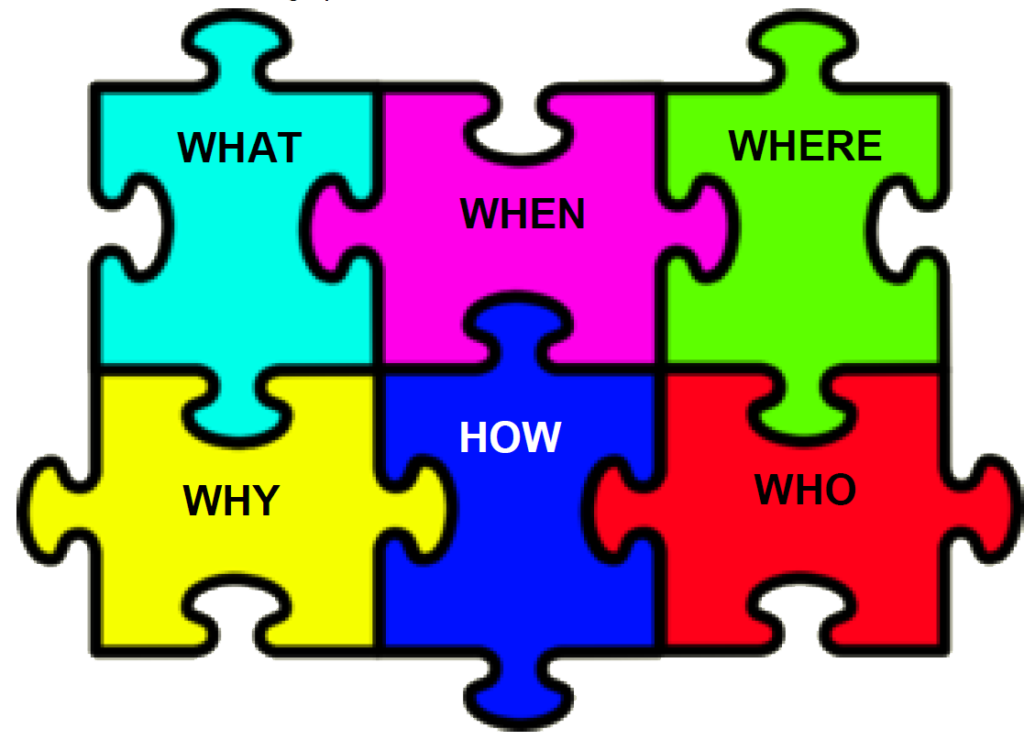Balancing risks and expectations
When planning an activity that includes a person with a disability always consider the following questions:

All activities organized with participants with disabilities need to be a balance between:
Safety & Learning, independence and choice
Before commencing with the risk handling, we need to clarify the difference between hazard and risk.
- A hazard is something that can cause harm e.g. Electricity, noise, a broken bottle left in a corridor etc.
- A risk is the chance that any hazard will actually cause somebody harm.
The five steps to assessing the risks include:
- Identify the hazards
- Decide who might be harmed and how
- Evaluate the risks and decide on what precautions you can take
- Record your findings and implement them
- Review your assessment and update it as necessary
Then we need to identify who might be harmed and how.
Identify groups of people who might be harmed:
- Children with VI
- Staff
- Parents / carers
- Anyone with specific needs (e.g. Wheelchair users)
How might the risks you have identified affect them?
Next, you as organizers of such activities, need to evaluate the risk, which is the likelihood that someone will be harmed by the hazard and how severe the harm might be. The risk is recorded as low, medium or high level. Against each risk, think what you could do to stop it happening and decide what you can do to prevent it from happening:
- Can you eliminate the risk altogether?
- Can you do something less risky?
- Can you control the risks?
- Can you stop access to the hazard?
- Can you do anything (e.g. Wear special clothing) to minimise the risk?
It is really important that you record your findings, write down your list of risks, whether they are high / medium / low and what you are going to do to about them. Last but not least, make sure that you do what you say you will do.
Considering that circumstances change, you need to review your risk assessment and check whether it still corresponds to the reality you are facing.
Thinking of the other side of the balance we are seeking to achieve, despite eventual risks, you need to make an effort and support the groups of young people to implement the planned activities, because this is how they will learn, grow, achieve independence. Therefore, you should also think about how you can support an individual (or group) to undertake an activity successfully.
- Is there a training need? (do you need to train the facilitators or the participants themselves)
- Is there a support need? (do you need more co-facilitators or dedicated chaperons assisting the process and the participants when and if necessary)
Some risks, related to the learning process when having a visually impaired participant in the activities:
- Risk for them to be passive
- Risk for them to be receiving less information than the other participants
- Risk that the knowledge, which the young person is obtaining from overlapping sources of information is not sufficiently consolidated
- Risk the decisions, which the young person makes, to be based on less facts
- Risk of lower quality of the information
- Possibility for a twisted view of the world
- Harder incidental learning
- Need for special interventions for guaranteeing a rich array of practical experiences
